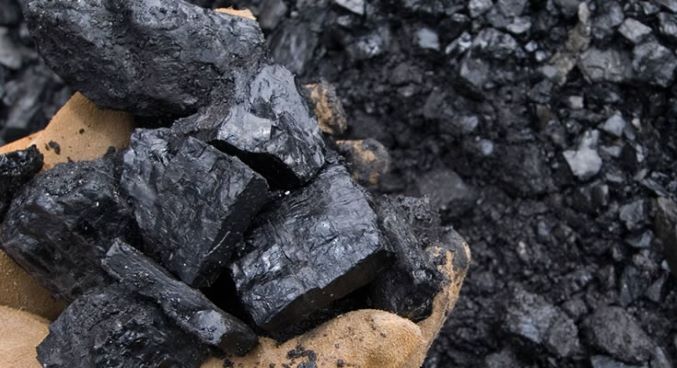World’s biggest “coal to ethanol” plant test launched in China

World’s largest coal-based ethanol production plant has initiated test operations in South-Eastern China. With an annual capacity of 600,000 tonnes, the plant employs coal and not farm-crops as the primary raw material for ethanol production. The approach aims to alleviate pressure on China’s food resources while diminishing reliance on imported fuel ethanol. The facility is located in Huaibei of Anhui province.
Ethanol, possessing a density akin to petrol, serves as a clean and renewable energy source. Anhydrous ethanol, boasting a concentration exceeding 99.5 percent, can be blended with petrol to enhance exhaust emissions and fuel combustion performance.
The Chinese Academy of Sciences’ Dalian Institute of Chemical Physics (DICP) emphasized the significance of this new production method, citing its critical role in China’s food security, energy security, and the chemical industry supply chain.
The coal-based plant utilizes advanced technology collaboratively developed by the DICP and the state-owned Shaanxi Yanchang Petroleum Group. The technology, known as DMTE, extracts methanol from coke oven gas—a by-product of coke production. This methanol then reacts with other materials to produce ethanol.
The DMTE technology allows for large-scale ethanol production from various sources, including coal, natural gas, or gas from steel plants.
The DICP report reveals that 13 industrial facilities plan to adopt DMTE technology, contributing to an ethanol production capacity of 3.95 million tonnes per year. Currently, global ethanol production hovers around 100 million tonnes. Today, China exhibits substantial demand for fuel ethanol, it faces a significant shortfall. Last year, China produced approximately 2.7 million tonnes of fuel ethanol through the fermentation of aged grain. However, a market gap of 10 million tonnes necessitated heavy reliance on imports.




